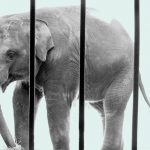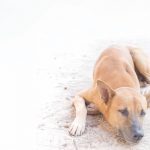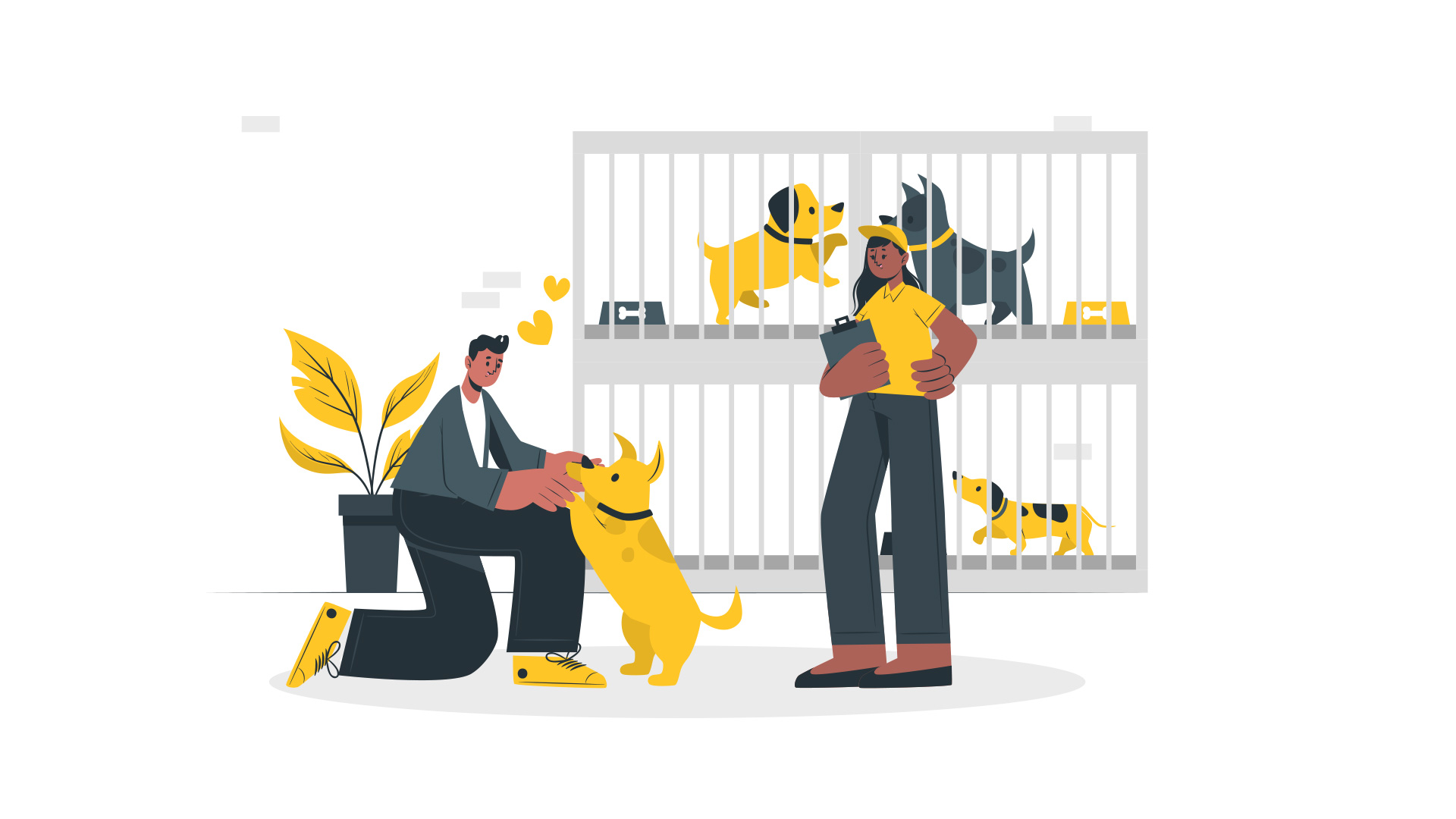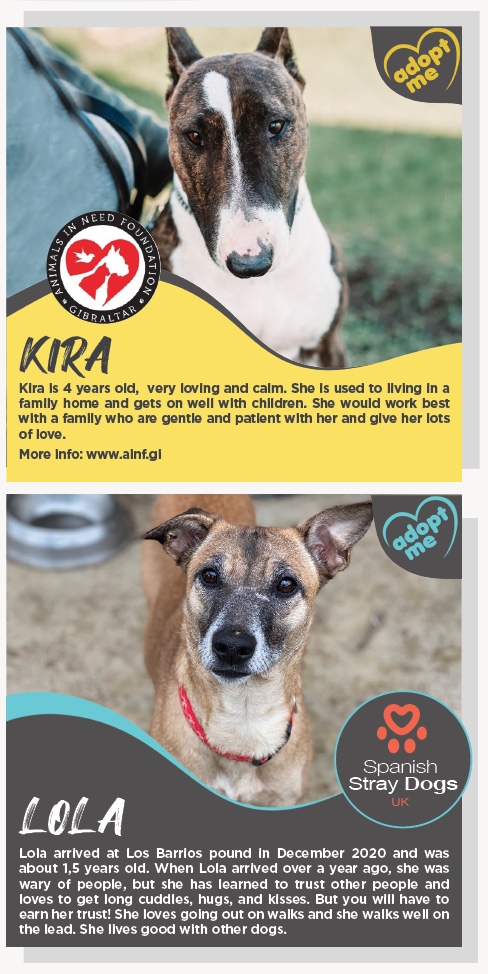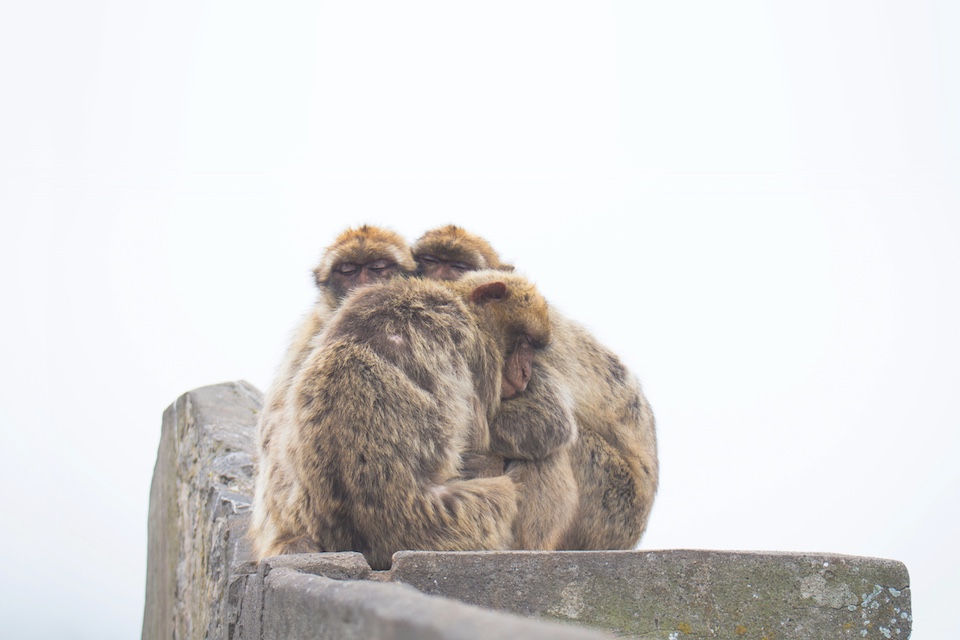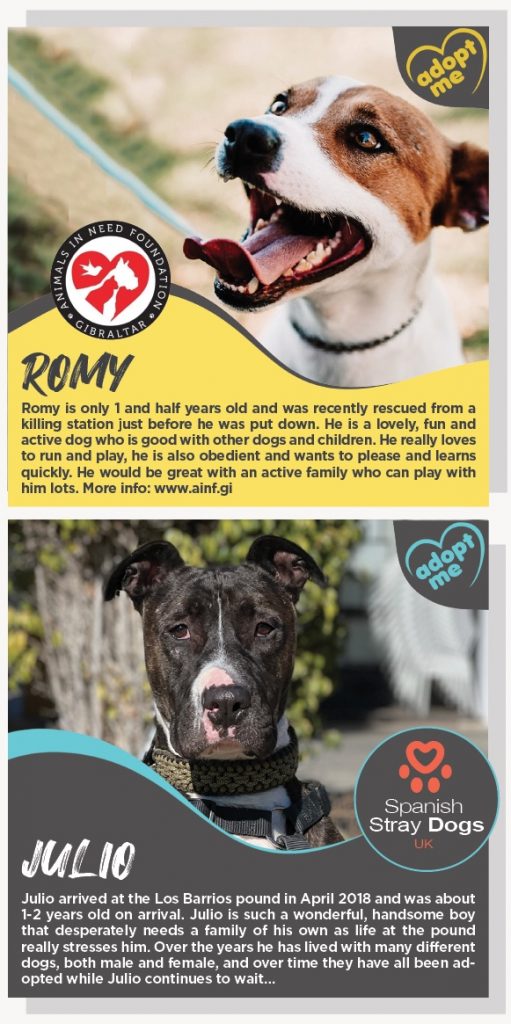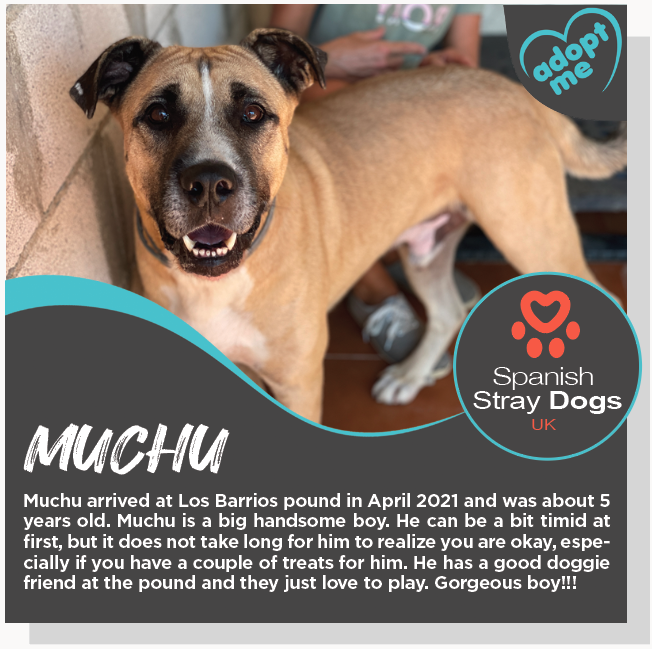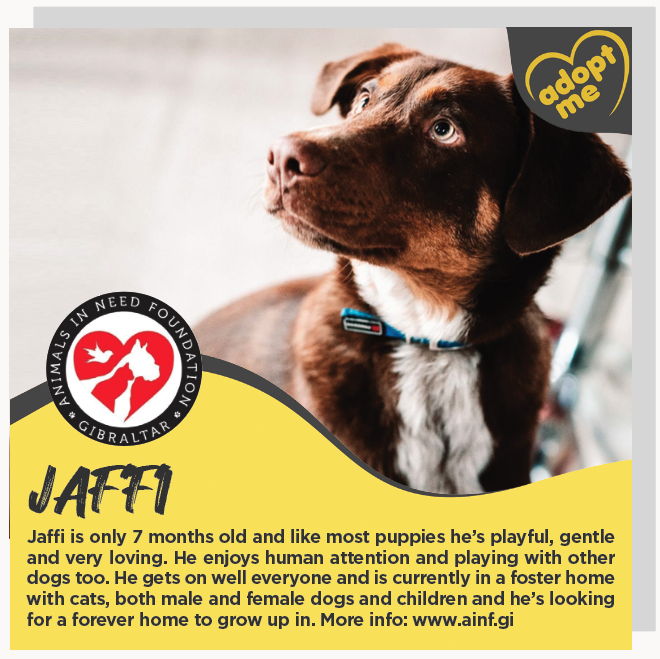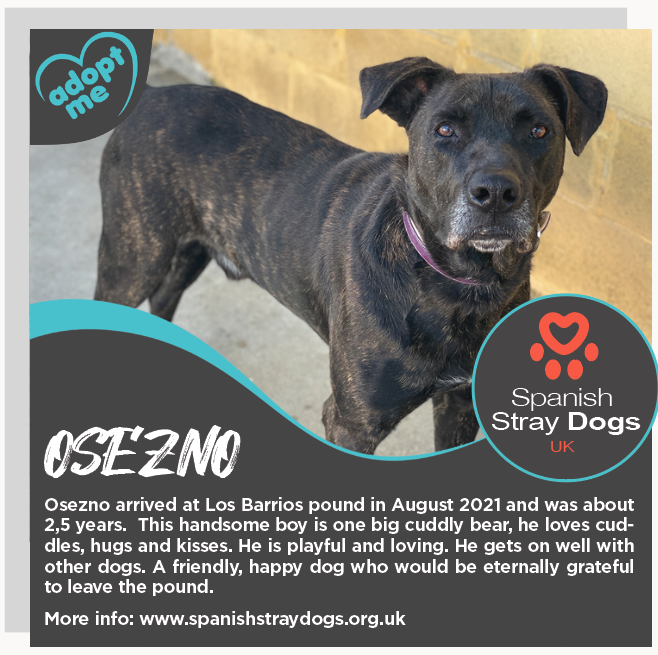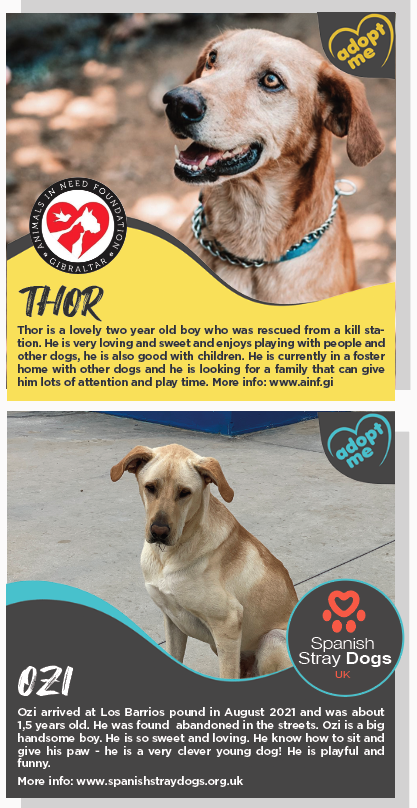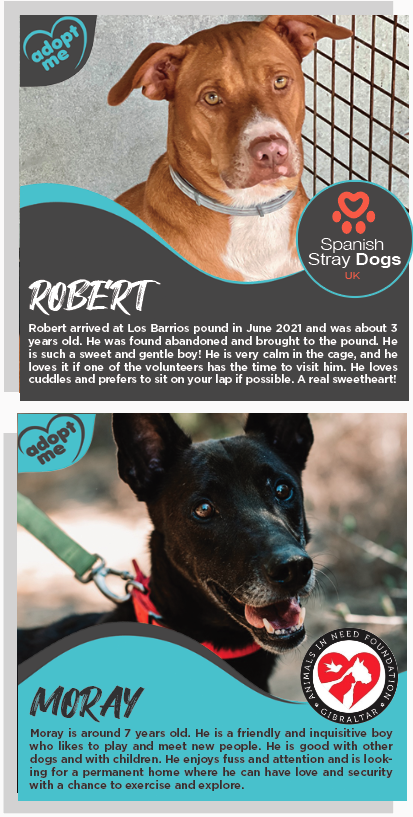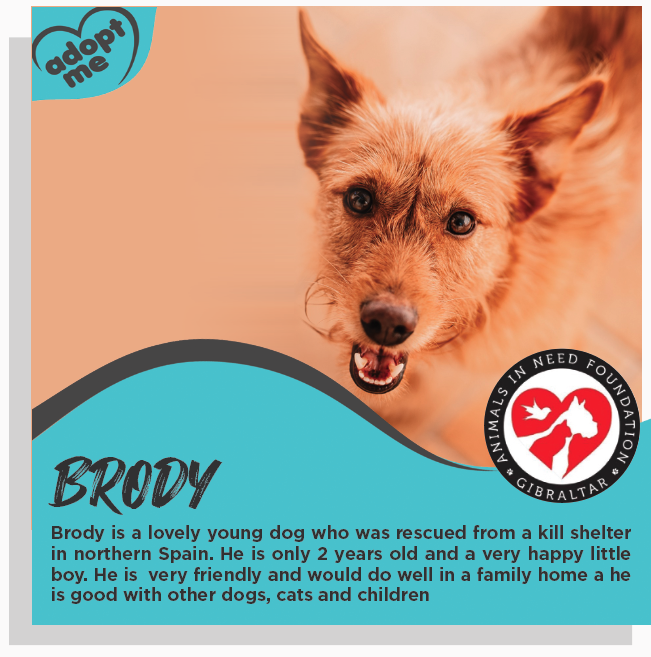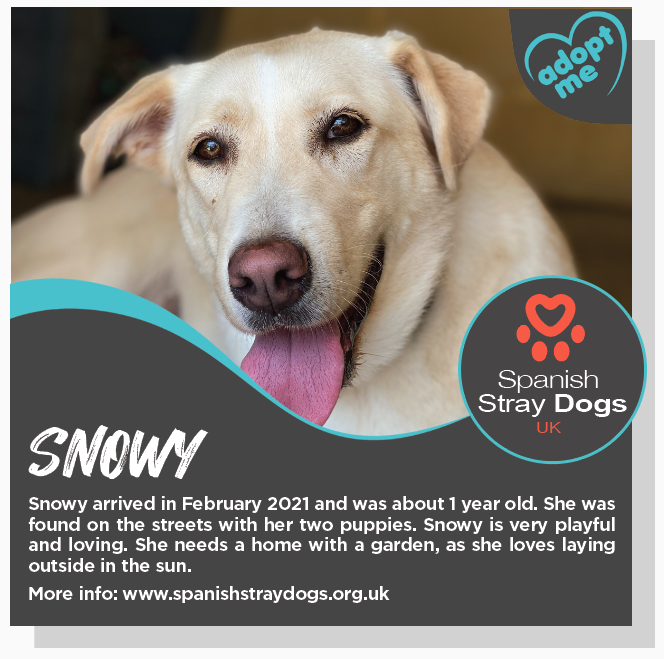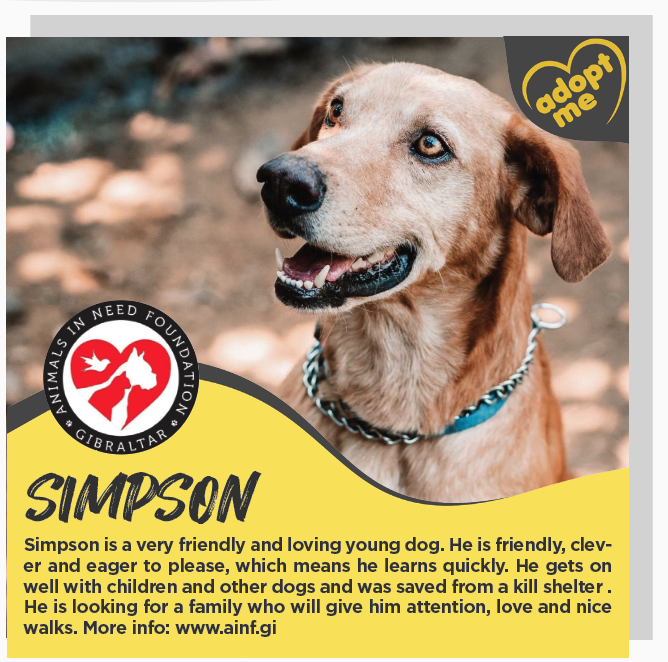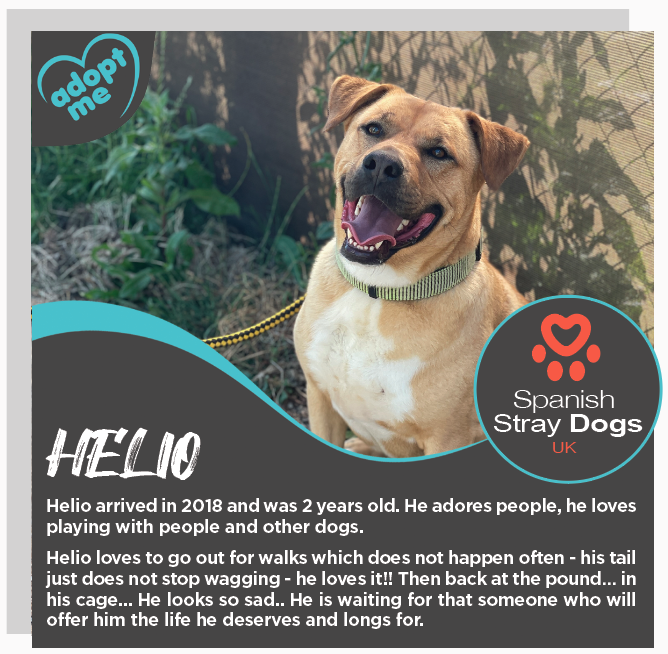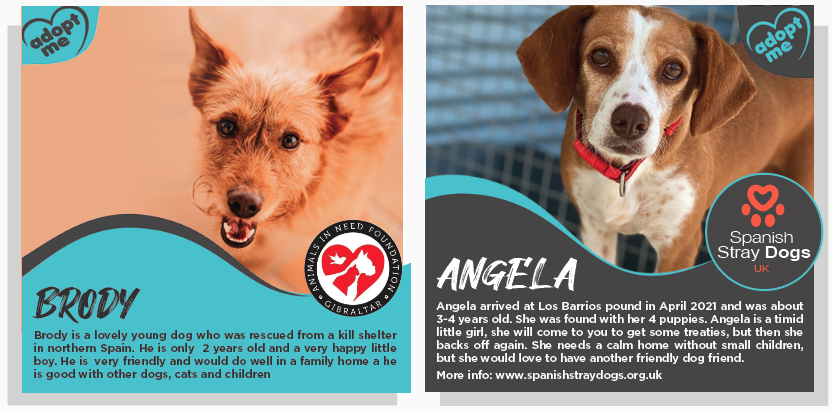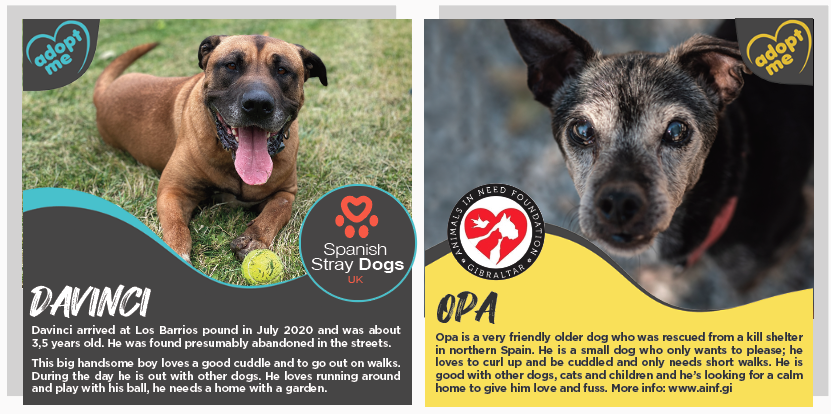A Vets Insight
Brexit and implications for your pet
Sadly Brexit has been forced upon us by a vote 2000 miles away and the ramifications to our community and way of life will change forever. This will also affect our pets and their movement across the border into Spain and Europe. I will give an overview of the changes and what everyone has to do for easy travel with their dogs and cats.
The one piece of luck that we have had is that Gibraltar by error was listed as a Group 1 in the group of countries outside of the EU that could travel with a Pet Passport. UK government will have to apply, if they ever get off their high horse, to be included in the Pet Passport travel scheme.
The old blue Gibraltar pet passport will no longer be valid for movement across the border. This has to be changed for the new design that does not carry the EU ensign.
Within this document several parts have to be filled in correctly:
•
Name and address of proprietor has to be filled in correctly. There is space in the passport to put in two names just in case different people will be travelling with the pet.
•
The specific description of the pet has to be filled in correctly, with age, breed , colour and name .
•
Pet has to microchipped. The date of microchipping has to be the same day or before the date of the rabies vaccination .
•
A valid rabies vaccination. If the rabies vaccine has expired the animal cannot travel across the border. Revaccination must be done before the expiry date, if this is not the case there will be a period of 3 weeks before the animal can move across the border.
•
The Pet Passport must be filled in correctly by the issuing veterinary surgeon. Any errors could result in your pet not being allowed entry into the EU.
There are also other regulations when driving your pets across the border. Your pet cannot be loose on the back seat of a car. It must be restrained, either with a lead that is fixed to an anchor in the car, placed in a carrier cage or if in the boot there has to be a divider so that the dog can’t jump into the car. These are common sense regulations, the local laws are too lax. To have a dog or cat loose in a car where in could interfere with the driver’s ability could lead to a serious accident.
In some cases you could be asked for the dog to wear a muzzle. My advice is that if you have a large breed of dog it isn’t a bad idea to have a muzzle handy, just in case.
The real implications of Brexit will be hitting home soon and it could be a long hard ride. Hopefully the Gibraltar Pet Passport will be one of the easier obstacles we will have to surmount .


